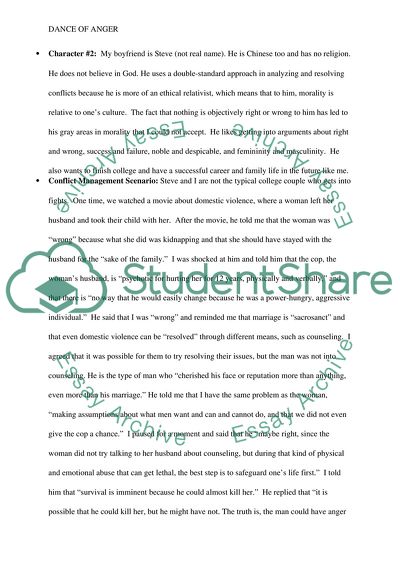Cite this document
(“Dance of Anger and Reciprocity Theory: Resolving Conflicts in a Research Paper”, n.d.)
Retrieved from https://studentshare.org/journalism-communication/1669559-out-of-box-conflict-mangement-case-study-and-analysis
Retrieved from https://studentshare.org/journalism-communication/1669559-out-of-box-conflict-mangement-case-study-and-analysis
(Dance of Anger and Reciprocity Theory: Resolving Conflicts in a Research Paper)
https://studentshare.org/journalism-communication/1669559-out-of-box-conflict-mangement-case-study-and-analysis.
https://studentshare.org/journalism-communication/1669559-out-of-box-conflict-mangement-case-study-and-analysis.
“Dance of Anger and Reciprocity Theory: Resolving Conflicts in a Research Paper”, n.d. https://studentshare.org/journalism-communication/1669559-out-of-box-conflict-mangement-case-study-and-analysis.


